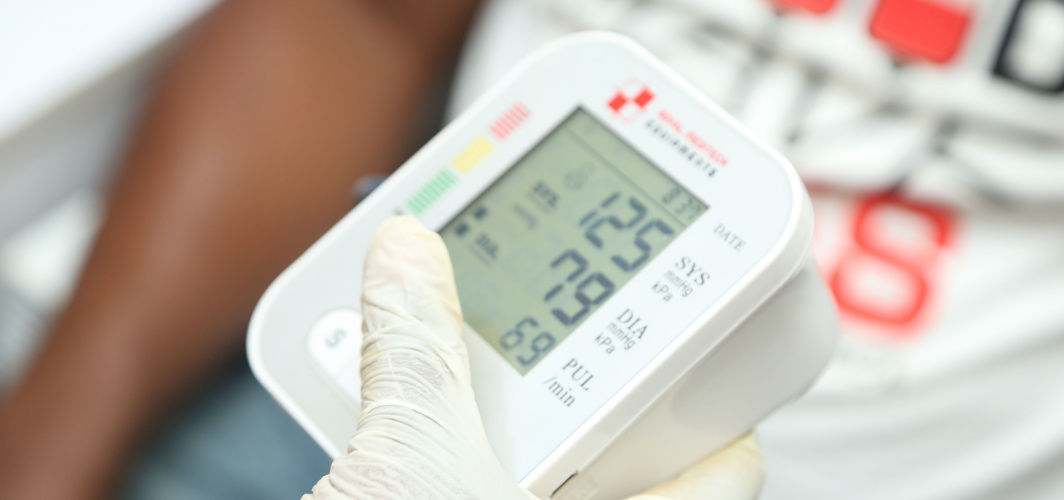Heart Conditions
What Tests Can Reveal Hidden Heart Problems?
6 min read
By Apollo 24/7, Published on - 02 December 2020, Updated on - 23 February 2023
Share this article
1
180 likes

Tests that help detect hidden heart disease
1. Blood Tests
-
Cholesterol test
- Total cholesterol: Not more than 200 milligrams per deciliter (mg/dL)
- LDL cholesterol: Not more than 130 mg/dL
- HDL cholesterol: Over 40 mg/dL for men and over 50 mg/dL for women
- Triglycerides: Not more than 150 mg/dL
-
High-sensitivity C-reactive protein (CRP) test
-
Lipoprotein (a)
-
Plasma ceramides
-
Natriuretic peptides
-
Troponin T
2. Electrocardiography (ECG)
3. Echocardiography
4. Exercise stress test
5. Cardiac catheterization
6. Cardiac Magnetic Resonance Imaging (MRI)
7. Cardiac Computerized Tomography (CT) Scan
Recommended Read: Easy Cardio Exercises to Keep Your Heart Healthy
If you wish to get your heart health checked:
Heart Conditions
Leave Comment
Recommended for you

Heart Conditions
Know About Echocardiogram: Echo Tests, Procedures, Preparation And Reports
An echocardiogram, also known as an "echo," is a specialised scan that examines the heart and nearby blood vessels. It helps diagnose heart conditions and guides minimally invasive procedures like fixing blocked arteries or replacing faulty valves. Echocardiograms provide crucial information necessary for accurate treatments, leading to improved heart health and patient outcomes.

Heart Conditions
Sudden Drop In Blood Pressure On Standing? Know What It Means
Postural hypotension is a condition in which your blood pressure suddenly drops when you stand after a period of sitting or lying. It may cause dizziness or fainting. Treatment may vary depending on the underlying cause.
.jpg?tr=q-80)
Heart Conditions
Keeping Hypertension in Check: Tips and Treatments
High blood pressure, also called hypertension, happens when the blood pushes too hard against the walls of your arteries. Arteries are the blood vessels that carry blood from your heart to the rest of your body. Hypertension forces your heart to work harder to pump blood and can cause your arteries to become narrow or stiff.
Subscribe
Sign up for our free Health Library Daily Newsletter
Get doctor-approved health tips, news, and more.
Visual Stories

Easy Cardio Exercises to Keep Your Heart Healthy
Tap to continue exploring
Recommended for you

Heart Conditions
Know About Echocardiogram: Echo Tests, Procedures, Preparation And Reports
An echocardiogram, also known as an "echo," is a specialised scan that examines the heart and nearby blood vessels. It helps diagnose heart conditions and guides minimally invasive procedures like fixing blocked arteries or replacing faulty valves. Echocardiograms provide crucial information necessary for accurate treatments, leading to improved heart health and patient outcomes.

Heart Conditions
Sudden Drop In Blood Pressure On Standing? Know What It Means
Postural hypotension is a condition in which your blood pressure suddenly drops when you stand after a period of sitting or lying. It may cause dizziness or fainting. Treatment may vary depending on the underlying cause.
.jpg?tr=q-80)
Heart Conditions
Keeping Hypertension in Check: Tips and Treatments
High blood pressure, also called hypertension, happens when the blood pushes too hard against the walls of your arteries. Arteries are the blood vessels that carry blood from your heart to the rest of your body. Hypertension forces your heart to work harder to pump blood and can cause your arteries to become narrow or stiff.